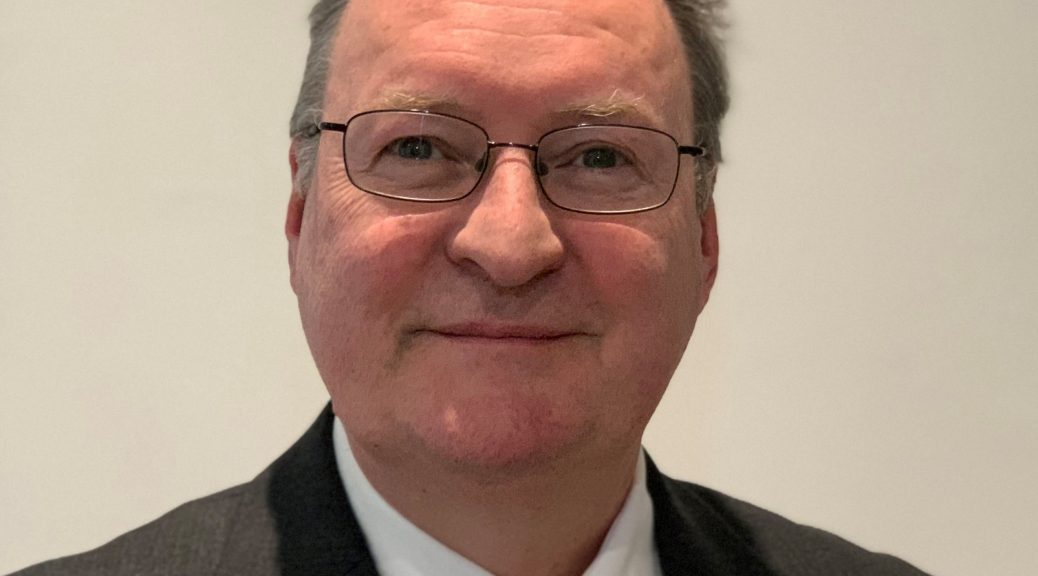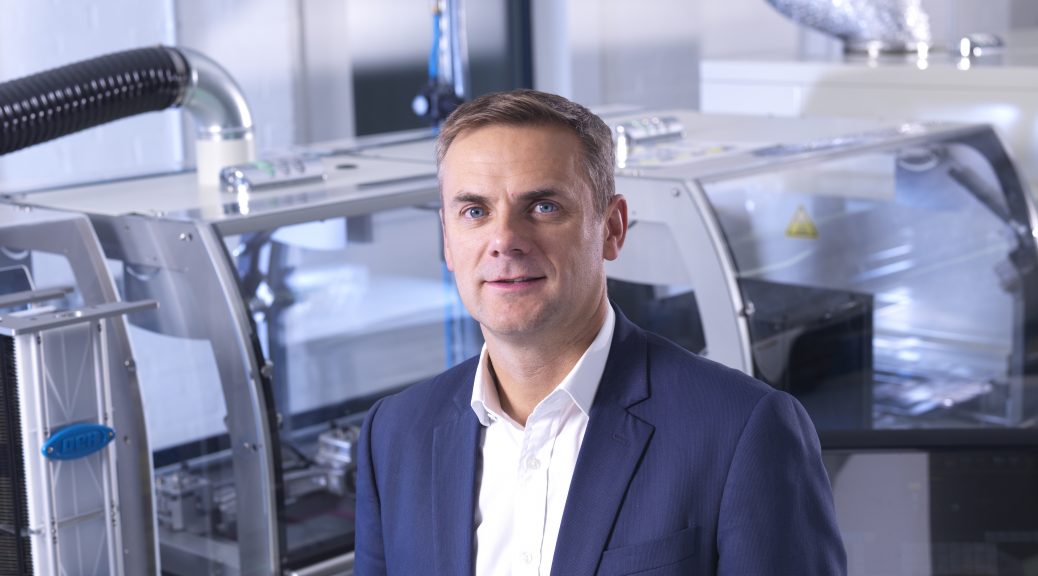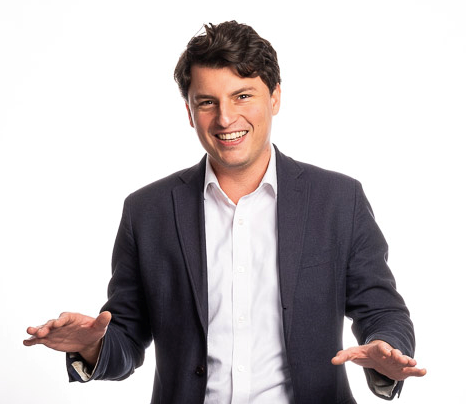 As one of our earliest Sainsbury Management Fellows, Tony Walters has forged a far-reaching and illustrious career in the construction industry. His engineering journey started with a successful application to Cambridge University. Then twelve years post-graduation and having achieved his professional qualifications he spent a year studying for an MBA at IMI, Geneva with the help of an SMF scholarship. This broadened his skill-set giving him the breadth of experience and the confidence to take on roles at the forefront of some of the world’s most fascinating and challenging infrastructure projects. The Channel Tunnel, High Speed 1, Crossrail, the Trans-European Railway, Boston Central Artery in USA and high-rise buildings in Hong Kong are a selection of his career highlights. Transitioning between contractors, consultants, project management and client organisations with the continuous thread of major infrastructure projects has enabled him to direct major project work in some eighteen countries. He has seen his industry become more integrated and innovative as well as witness the growth of the Sainsbury Management Fellows – a network that started with ten scholarship awards and now boasts over 375 graduates representing all engineering disciplines. Here, Tony shares his career highlights which all began with a simple desire to “get things done”…
As one of our earliest Sainsbury Management Fellows, Tony Walters has forged a far-reaching and illustrious career in the construction industry. His engineering journey started with a successful application to Cambridge University. Then twelve years post-graduation and having achieved his professional qualifications he spent a year studying for an MBA at IMI, Geneva with the help of an SMF scholarship. This broadened his skill-set giving him the breadth of experience and the confidence to take on roles at the forefront of some of the world’s most fascinating and challenging infrastructure projects. The Channel Tunnel, High Speed 1, Crossrail, the Trans-European Railway, Boston Central Artery in USA and high-rise buildings in Hong Kong are a selection of his career highlights. Transitioning between contractors, consultants, project management and client organisations with the continuous thread of major infrastructure projects has enabled him to direct major project work in some eighteen countries. He has seen his industry become more integrated and innovative as well as witness the growth of the Sainsbury Management Fellows – a network that started with ten scholarship awards and now boasts over 375 graduates representing all engineering disciplines. Here, Tony shares his career highlights which all began with a simple desire to “get things done”…
An interest in theory, a passion for its application
My journey to becoming an Engineer was progressive. At secondary school maths and the sciences were, without doubt, my favourite subjects, which led to my choosing double maths, physics and chemistry at A level. My subsequent short-list for degree courses was Architecture, Maths and Engineering. Realising that my two favourite A level subjects of Applied Maths and Physics aligned very well with Engineering I applied to Cambridge. I was very keen on their engineering degree as the first two years included subjects that underpin civil, mechanical and electrical engineering disciplines leaving options open until the final year when there was the chance to specialise. I was fortunate to gain a place at Cambridge and have no doubt that a grounding in a breadth of engineering disciplines is very beneficial. Most projects involve several professions and the greater the ability one has to understand and therefore build and co-ordinate effective project and business teams the better the outcome will be. Similarly, I would counsel that a grounding in the breadth of business disciplines afforded by an MBA is also very beneficial for a career in the construction industry.
At the time the Cambridge entrance exam required a single term 3rd year sixth and my father suggested applying to the Borough Engineer’s Office where we lived to ask for work experience from January to August prior to taking up my degree place. This was successful and I spent eight months in the Drainage Department undertaking both office and site work in a very supportive team. As it happened while there, I was involved in my first tunnelling works as part of a surface water drainage project. This was all superb preparation for my degree, enabling me to see applications for what I was studying. I returned to the council for a couple of months during my second summer vacation and was fortunate to be given a different experience this time in its Bridge Department.
Nurturing a strong affinity with the built environment
In my third year at Cambridge, I chose subjects from the Civil and Structural Engineering options so a career encompassing those branches of engineering beckoned. Sensing at the time that there were two distinct career paths in the UK construction industry, broadly consulting and contracting (or project design & development and project construction) and fairly certain that I wanted to land up in the former I, perhaps perversely, applied to join a contractor. There was method in the madness however as it was with the specific aim of learning about construction by being immersed in it and figuring that it would be easier to make one move from contracting to consulting rather than hop back and forth. My overall career development plan at that time was to obtain broad industry experience, attain professional engineering qualifications and then undertake some formal management training. It is an indication that the industry has become more cohesive that I have in fact moved back and forth several times during my career and also into project management and client organisations.
So, I joined Laing O’Rourke (formerly John Laing) being one of the major UK civil engineering contractors as a Graduate Civil Engineer training under agreement to become a Chartered Engineer (CEng) and a Member of the Institution of Civil Engineers (MICE). Two years heavy civil engineering construction experience on a major oil-fired power station was followed by eighteen months in the design office as part of the training agreement. That Laing had a reasonably large design office covering both permanent and temporary works was unusual outside a few of the major contractors and more akin to how the industry is organised overseas. This was followed by a return to site in a management contractor role on a large office construction project. During that period, I was successful in becoming a Chartered Civil Engineer and began looking to make a move to an engineering consultancy.
I was successful with a speculative application to the engineering consultants Arup and joined them some five years after graduating. Based in London I worked on structural designs for projects in the UK and Jersey working closely with external architectural practices. I then moved into a team responsible for the design of two high-rise building structures in Hong Kong (Exchange Square and Admiralty Lot 2) both in excess of forty storeys. This was awesome. Engineers at Arup are given significant responsibility and three years there was, without doubt, better than taking a Masters in structural design! I gained sufficient experience to sit for and become a member of the Institution of Structural Engineers (MIStructE) during this time.

Pursuing my true passion for civil engineering
As enjoyable as working at Arup was, I had gained further insight into the construction industry and more certainty as to where my real interests lay. These were civil engineering, project management and the direction of major infrastructure projects. At that time Arup focused almost entirely on structural building projects and they wished to continue in that vein. So, I looked around and found that Mott MacDonald was almost the mirror image of this.
Another speculative application resulted in my joining them, initially working on an arbitration. This was very useful, providing an early chance to interact with senior members of the legal profession and experience how contract documentation can be interpreted. I then moved into the Tunnel Division working on such projects as the Medway Tunnel, Cairo Wastewater Sewerage Scheme and then the Channel Tunnel. Again, significant early responsibility was there to be grasped and I found myself managing a team on this latter project designing several kilometres of tunnel and associated shafts forming the start of the landward and seaward railway tunnels. Mentoring team members and assisting graduates with their training to become chartered engineers was an inherent part of the role. This all confirmed my thoughts that having achieved professional engineering qualifications and with a burgeoning interest in project management that I should seek formal management training.
Seeking formal management training
Seeing an advertisement by The Royal Academy of Engineering in New Civil Engineer (the magazine of the Institution of Civil Engineers) seeking engineers to study for an international MBA sponsored by David Sainsbury and with the encouragement of my employer I applied for one of the ten scholarships on offer. My plan was for the MBA to augment my engineering and to return to Mott MacDonald afterwards. The choice at that time (the second year of the Sainsbury awards in 1998) was between three business schools. These were INSEAD, Paris; IMEDE, Lausanne and IMI, Geneva. I chose IMI on the basis that students on the programme had a similar number of years work experience to me and that the curriculum comprised a good balance between formal teaching and case study work. The availability of the Sainsbury scholarships was the catalyst for my choosing to progress along this particular management development path. Without it and with a young family it would have been very difficult, if not impossible, to undertake such a high-level intensive programme. I would most likely have taken a part-time MBA or MSc in project management in the UK, which would have been a good option.
The year spent at IMI, living in Geneva with my family, exceeded our expectations in every way. Firstly the immersion in an international setting both from living abroad and from the twenty nationalities drawn from just forty-seven students on the programme. Then from the intensity of the course, the no holds barred class debates during lectures, undertaking exercises in small international teams and presenting the outcomes to the class together with the sheer volume of work. For some professions on such a course certain subjects are not new whereas for engineers they are all new. This is a challenge but more importantly an exceptional learning and personal development opportunity (as well as representing good value for money!). In order to apply the learning while on the programme I chose to investigate the effectiveness of the business development activities of my industry as the topic for my individual research project.
Returning to the workplace with new skills and taking on new roles and responsibilities
The MBA provided a body of management knowledge and understanding most notably in accounting & finance, management & human resources and business development & marketing to bring back to my employer and broaden career development opportunities. It was a catalyst that Mott MacDonald gave me the opportunity to exploit becoming involved in strategic planning, business development and business and project management. This entailed positions as Associate for European Business Development and subsequently, at my instigation, returning to line management as Divisional Director for an engineering division. This convinced me that it is possible to combine the ongoing development of an engineering career with developing, managing and directing the business side of construction industry projects and organisations. The MBA enabled me to assume a broader range of responsibilities with confidence and with a significant international flavour as evidenced by increasing responsibility for managing and directing a broad range of international projects and businesses. This involved numerous trips to Europe, USA, Malaysia and Taiwan. While all roles used skills and knowledge from the MBA programme, establishing and implementing a company-wide strategy for entering western and central European markets, determining the business case for and setting up joint venture companies in Hungary and the Czech Republic and liaising with European Community Directorates in Brussels concerning project funding made most specific use of them at that time. Other projects included the Boston Central Artery, Sungshan Airport Highway Tunnel in Taipei and the Kuala Lumpur Mass Rapid Transit. Development and introduction of enhanced project progress monitoring and bid management initially for these before they were rolled out more widely was, I believe, a further direct influence of the MBA.

No problems, just challenges to be overcome
After a total of thirteen years with Mott MacDonald, seven of which were post-MBA, I wanted to become more focused on the management and direction of mega-projects. I began looking for an organisation with such a focus. Coincidentally the Channel Tunnel Rail Link (CTRL) project was just commencing, and I was tempted by the prospect of involvement in the largest private infrastructure project in Europe at that time. I sent a speculative application to the project promoter London and Continental Railways, which was passed on to the consortium Rail Link Engineering (RLE) that had just been awarded the contract to engineer, procure and manage the construction of this high-speed railway from St. Pancras International to the Channel Tunnel. The US company Bechtel was part of RLE and I joined them specifically to work on CTRL and to work through the full project cycle from engineering into procurement and on to construction (termed EPC). A colleague said that they thought my career would follow projects from then on and this has proved broadly correct. With this, my first appointment with an overseas company came new philosophies and ways of working. In particular, I was struck by the very strong sense of corporate identity, the process-driven environment and the mindset that recast problems as challenges that would be overcome. With overall responsibility for around one-quarter of the CTRL route, my experience of railways grew substantially.

Mega-projects have for some time been defined as those with a cost exceeding £1bn. This is a somewhat broad definition and depends on context. However, with a budget of £7bn CTRL falls squarely into this category. I consider that the process for such projects is akin to building a FTSE250 company to produce a single product and when completed dissolving the company. This is all while meeting peoples’ career aspirations, managing risk and change (the world outside a mega-project does not stand still) and looking to develop and adopt appropriate innovations. The ramp-up, implementation and ramp-down phases all present unique challenges in the mobilisation of people, securing finance, procurement, stakeholder liaison and interfaces with government, other projects, stakeholder businesses and people. Expenditure on CTRL was in excess of £1bn per annum during the construction period. The knowledge and experience gained from an MBA are very valuable in undertaking such projects.
Liaising with Brussels
After completing the design, procurement and civil construction on CTRL over a four-year period the opportunity to become involved in international projects again opened up and I joined a second American company, Parsons Brinckerhoff. I joined as a Director in the Major and Overseas Projects division with responsibility for a range of work. The largest was a 170km section of the trans-European Railway Project in Central Europe. The project scope included the development of the design and construction proposals as well as the business case and preparation of the financial model for both the construction and subsequent operation of the railway. This entailed close liaison with the European Union in Brussels for project viability, environmental impact and ultimately to gain funding approval. Once again MBA-acquired skills and knowledge together with subsequent experience were of immense value in directing an international multi-disciplinary team and driving this infrastructure project forward successfully.
We were also developing the second Bosporus rail crossing in Istanbul, establishing an office in Poland to work on Polish and other railway projects and involved in Dublin metro. Projects closer to home included the Southern Rail power upgrade and review of the proposed Public-Private Partnership (PPP) contract conditions on London Underground. The team for this latter appointment required a wide range of contractual and legal as well as railway knowledge. In this context, while there is a school of thought that management is a skill with universal application, I firmly believe that knowledge of a range of disciplines makes for more efficient direction and can engender greater respect and thereby enhance business performance.
Appearing before Parliamentary Select Committees
Four years on saw me join a client organisation for the first time. This was Cross London Rail Links (CRL), responsible for Crossrail Line 1, a £15bn project providing a new east-west railway under London joining Shenfield, Stratford, Abbey Wood and the Docklands in the east with Heathrow and Reading in the west. This project was at a much earlier stage than CTRL had been, with several years to go before a hybrid Bill seeking powers to build the railway was due to be put before Parliament. As Chief Engineer I assumed responsibility for all engineering on the project and as a member of the Project Executive found myself, as many years before, in close liaison with the legal profession in the form of Queen’s Counsel in preparation for promotion of the hybrid Bill. I bought inter alia the experience from CTRL of implementing the same type of powers that we were seeking on Crossrail.

The opportunity to appear before Select Committees in both the House of Commons and House of Lords was an honour and I was reminded that Brunel famously championed major infrastructure projects in Parliament. During my time on Crossrail I found that the MBA also enabled me to understand our stakeholders better. I was able to understand the drivers within their businesses, organisations and communities and how our project could impact them. I assumed specific responsibility for liaison with the London Olympic Development Agency (ODA), Network Rail and London Underground and my team managed negotiations with over fifty utility providers. Powers to build the railway were granted ultimately and awards of the numerous detailed design and construction contracts followed.
Returning to contracting
My initial plan was to stay with CRL for the eight years that the project was scheduled to take through to opening. After eight years and owing to factors outside the direct control of the project, construction was quite advanced but opening was still some way in the future. Eight years is in any case a fair time to spend exclusively on one project however large and when the opportunity to join a major contractor as Engineering Director presented itself, I realised that it was perhaps time for a move. As Engineering Director for Kier Construction involvement in the business of the Board called on all my previous experience with particular emphasis on technical issues as well as commercial, contractual, safety and strategic matters. We had work in the UK, often in international joint ventures and overseas notably in the Middle East and Hong Kong. There were two major railway projects in Hong Kong involving major underground works, one as it happened being the construction of an underground interchange station beneath one of the forty storey towers I had designed while with Arup. Almost déjà vu.
Company and project management
With the successful completion of numerous projects, I learnt from a professional colleague that a small engineering management company that works on major infrastructure projects and for whom I have a lot of respect was looking for someone to take the helm and manage the company through a succession issue. This sounded very interesting and on a personal note would provide the opportunity to work in a small organisation that I had not had previously but had often thought would be rewarding. It might also be a step towards more of a portfolio career. I joined this company, London Bridge Associates and once again the knowledge of business developed on the MBA and consolidated by subsequent experience was of immense benefit. Inevitably in such a small company with 50 staff, undertaking management and direction of the business was combined with some direct project involvement. This included the High Speed 2 rail project, some further Crossrail work and as a complete contrast advising on the provision of the infrastructure for a large radio telescope project in Chile. The portfolio took shape with the above combined with periods of work in Malaysia advising on a major underground rail project in Kuala Lumpur and scaling up my involvement with the Institution of Civil Engineers becoming a reviewer undertaking Professional Reviews of aspiring members.

Advice on developing management skills
There are myriad opportunities and challenges that both clients of and the construction industry itself face globally. The chances this39 presents to use the combination of an engineering degree with formal management training from an MBA are many and varied. I have found that an MBA provides a valuable augmentation to an engineering degree increasing one’s breadth of skills, imparting confidence to challenge the status quo together with the tools to develop and direct the implementation of both project and business change. With the advent of AI, robotics, virtual reality, new materials to improve performance and drive down carbon together with the requirement this brings for new ways of working, new contracts, more efficient risk allocation and new sources of finance the need for engineers who understand business in its widest sense has never been greater.
My advice to those in the construction industry contemplating undertaking an MSc in project management or an MBA? It is quite a commitment so think about how you are going to use it afterwards to benefit yourself and your employer. To look at it in the context of your current employment. This can also be a catalyst for changing direction or moving on, but you need to want to set out in this new direction rather than simply to leave your current role. A project management course will tend to focus on the industry from which students are drawn whereas an MBA will tend to provide a wider business education. For me, the latter has proven valuable in enabling me to understand from first principles the businesses I have worked in and those of other organisations that it has been necessary to do business with during my career.
The Sainsbury Management Fellows MBA Scholarship
If you are a professional engineer considering a full-time MBA as a stepping-stone towards a business leadership career, visit our MBA scholarship application page, you could





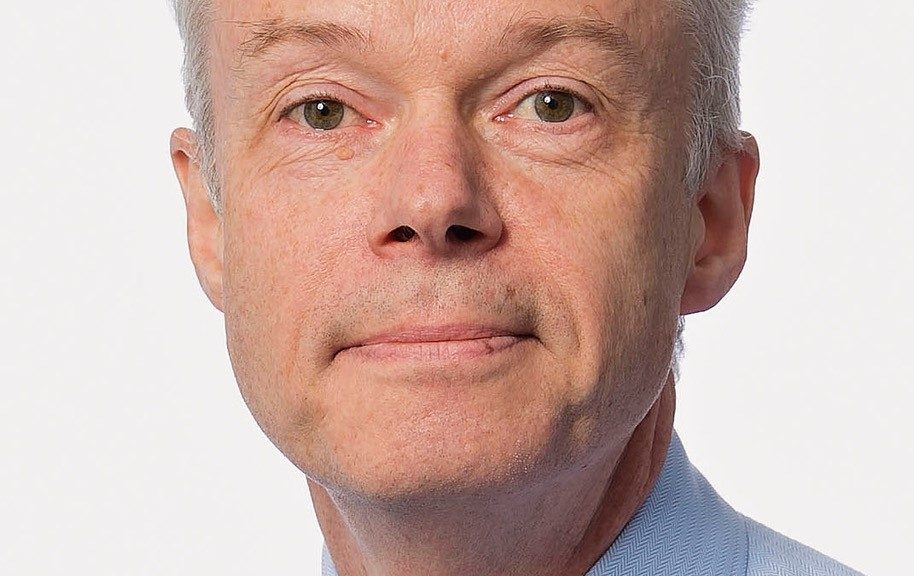
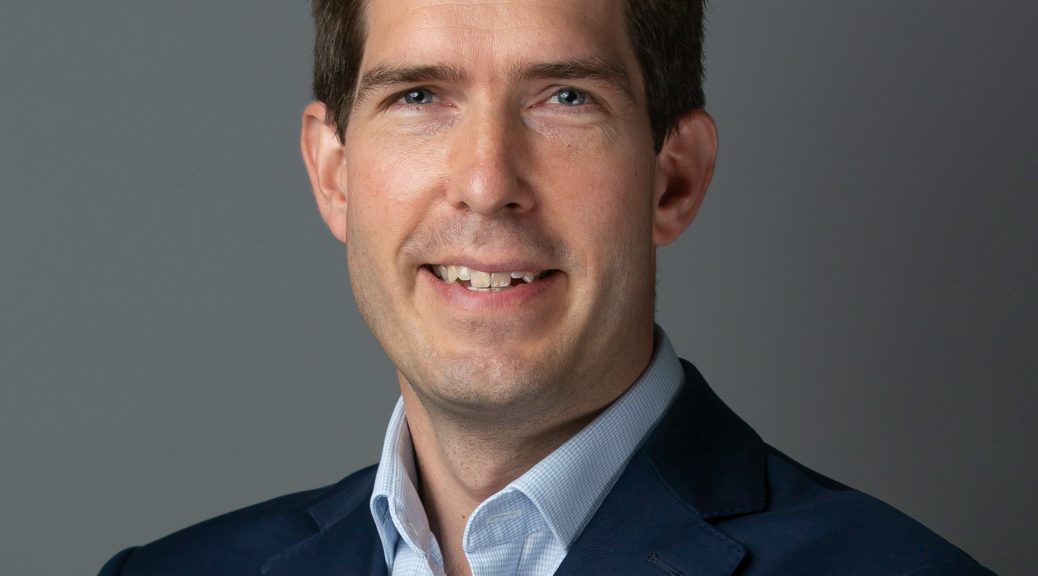


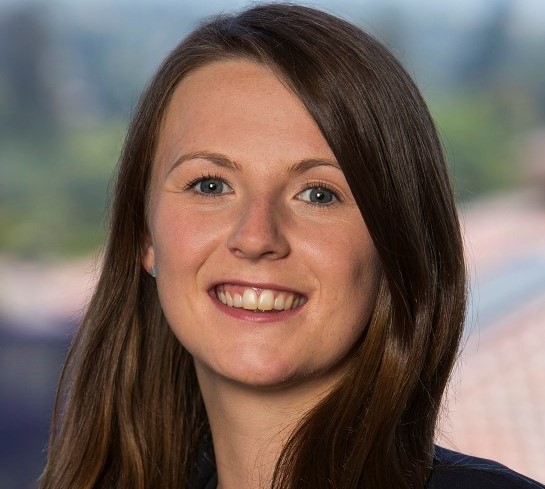







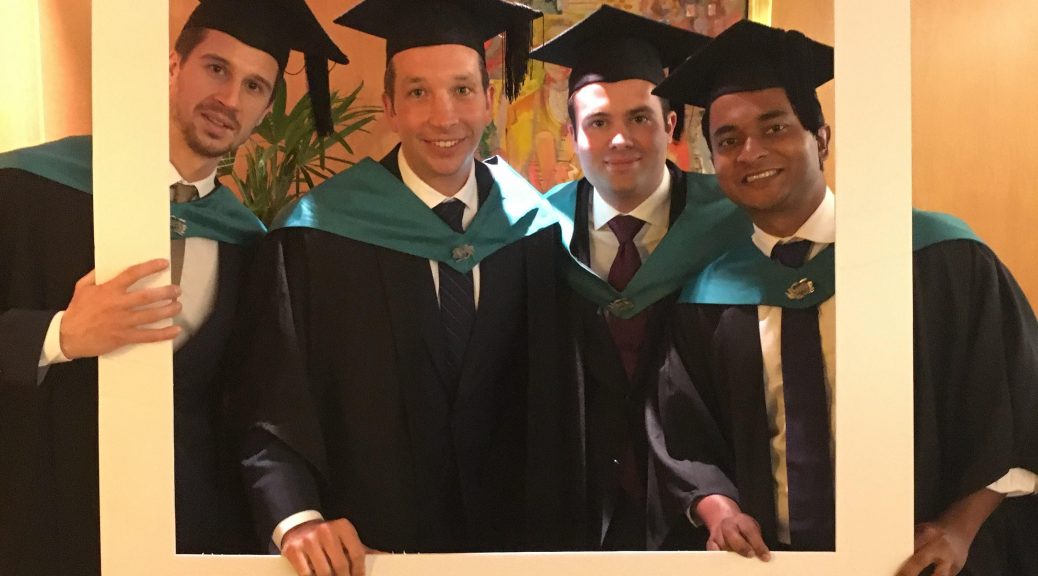

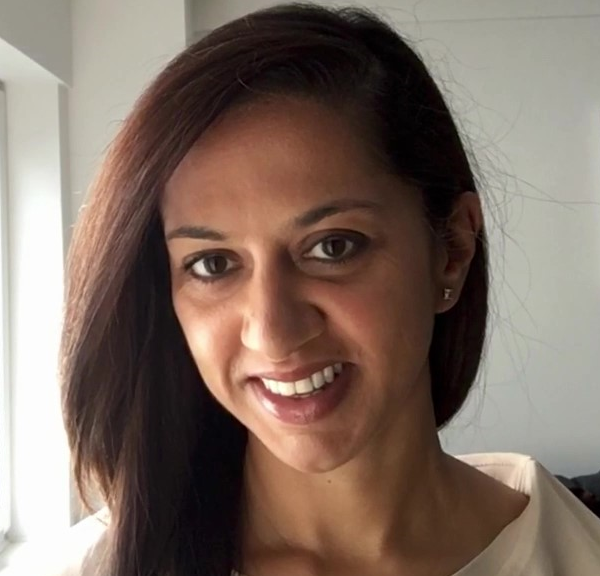
 Davina Patel is one of 375 professional engineers who have been awarded our prestigious Sainsbury Management Fellows scholarship to study an MBA at a top tier business school. After gaining her MBA at London Business School, Davina has used her newly acquired business skills and insights as a catalyst towards an exciting new career. Davina has taken time out to talk to us about her early passion for engineering, her MBA experience, her career and lessons learnt along the way.
Davina Patel is one of 375 professional engineers who have been awarded our prestigious Sainsbury Management Fellows scholarship to study an MBA at a top tier business school. After gaining her MBA at London Business School, Davina has used her newly acquired business skills and insights as a catalyst towards an exciting new career. Davina has taken time out to talk to us about her early passion for engineering, her MBA experience, her career and lessons learnt along the way.